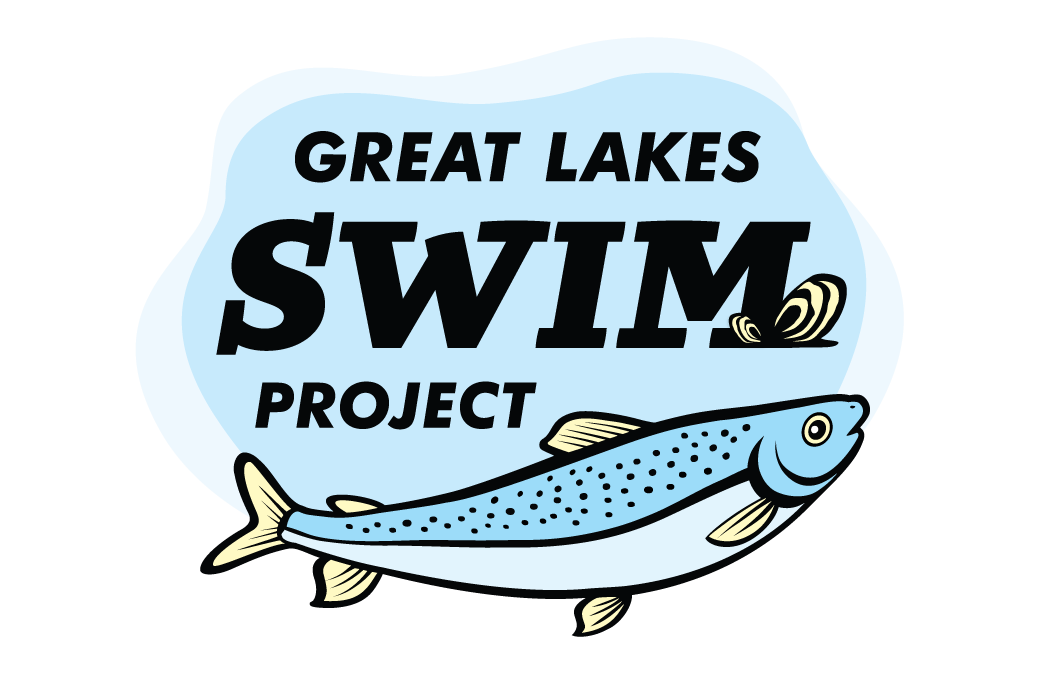Great Lakes Spawning Whitefish and Invasive Mussels (SWIM) Project
Project Updates
2024 Field Season
Field evaluations were completed in a lake in Sleeping Bear Dunes National Lakeshore to determine the efficacy of different benthic mats to produce mussel mortality in 10, 20 and 30 days of treatment. The study also tested the effectiveness of infusing carbon dioxide under a mat for just 5 days. Pellet formulations of existing molluscicides Zequanox® and niclosamide were evaluated in mesocosm studies to measure product release rate and lethality to invasive mussels.
Environmental (nutrients, dissolved oxygen, and water quality) and lower food-web (invasive mussel densities and size structure, benthic algal and invertebrate communities) conditions relevant to fish spawning behavior and embryo survival were assessed.
New high-resolution bathymetric and habitat maps were collected and processed for both sites. Outputs include bathymetry and acoustic backscatter intensity at three resolutions (0.25-, 0.50-, and 1.0-m), and bathymetric derivatives such as rugostity, geoforms, slope, aspect, topographic roughness index, and topographic position index. Autonomous underwater vehicle images were gathered over Good Harbor Reef, yielding estimates of live mussel coverage, substrate type, and benthic fish abundances. Methods development and testing is ongoing to quantify mussel shell hash (i.e., dead mussel shells) and the quality of interstitial spaces between rocks where fish eggs can lodge and develop. Substrate maps are also under refinement for both sites.
Movements of acoustic-tagged Lake Whitefish (n = 40) on the Good Harbor Bay reef in 2023 suggest that whitefish spawning activity is restricted to a “hot-spot” associated with a ridge-like feature on the northwest side of the reef, where experimental invasive mussel control will likely occur. During the 2024 spawning season, acoustic-tagged lake whitefish were also detected on or near the Good Harbor Reef hot spot, as well as the Thunder Bay reef complex; analyses of fine-scale movement behavior is forthcoming.
Both sites were intensively sampled for lake whitefish egg deposition during October through December. At Good Harbor reef, egg densities were less than 5 per square meter despite increasing and concentrating effort in the presumed hot spot of lake whitefish spawning activity. At Thunder Bay, egg densities were more than 50 per square meter but markedly lower than was measured ten years ago when the reefs were first constructed and when lake whitefish populations were at higher densities.

